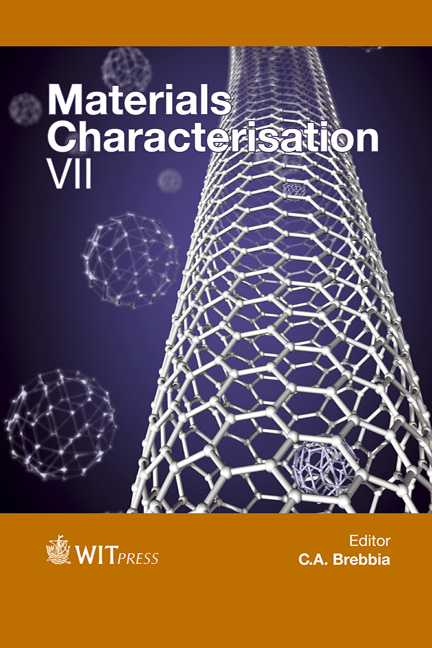Press And Injection Hybrid Molding Of Glass Fiber Reinforced Thermoplastics
Price
Free (open access)
Transaction
Volume
90
Pages
8
Page Range
225 - 232
Published
2015
Size
700 kb
Paper DOI
10.2495/MC150201
Copyright
WIT Press
Author(s)
K. Tanaka, Y. Fujita, T. Katayama
Abstract
To obtain light-weight vehicles, which is one of the major solutions of the automotive industry to reduce CO2 emissions, the use of fiber reinforced thermoplastic composite material (FRTP) has attracted much attention. For molding methods of FRTP, there are press molding using continuous fiber reinforced thermoplastics and injection molding using short or long fiber reinforced thermoplastics. Although injection molding can mold complex shapes, its mechanical property is not enough for the use as a structural material. On the other hand, press molding using continuous fiber reinforced thermoplastics is excellent in strength and elastic modulus, however, it is difficult to mold three-dimensional complex shapes. The novel molding technology, introduced in this paper, has been developed to gain new perspectives in FRTP by combining press molding and injection molding. This novel hybrid molding technology is suited to mold structural components with high-strength and high-stiffness. Although the interfaces between rib structures with short or long fiber reinforced thermoplastics and the laminated outer shell with the continuous fiber reinforced thermoplastic laminate, the interfacial properties has not been clarified yet. In this study, press and injection hybrid molding that can mold products of complex shapes was introduced, and demonstrator products were molded. To evaluate the bonding strength between rib structures and laminated outer shell of press and injection hybrid molding composites, tensile test of T-shape specimen were conducted.
Keywords
press and injection hybrid molding, composite manufacturing, glass fiber reinforced thermoplastics, bonding strength, rib, FRTP





